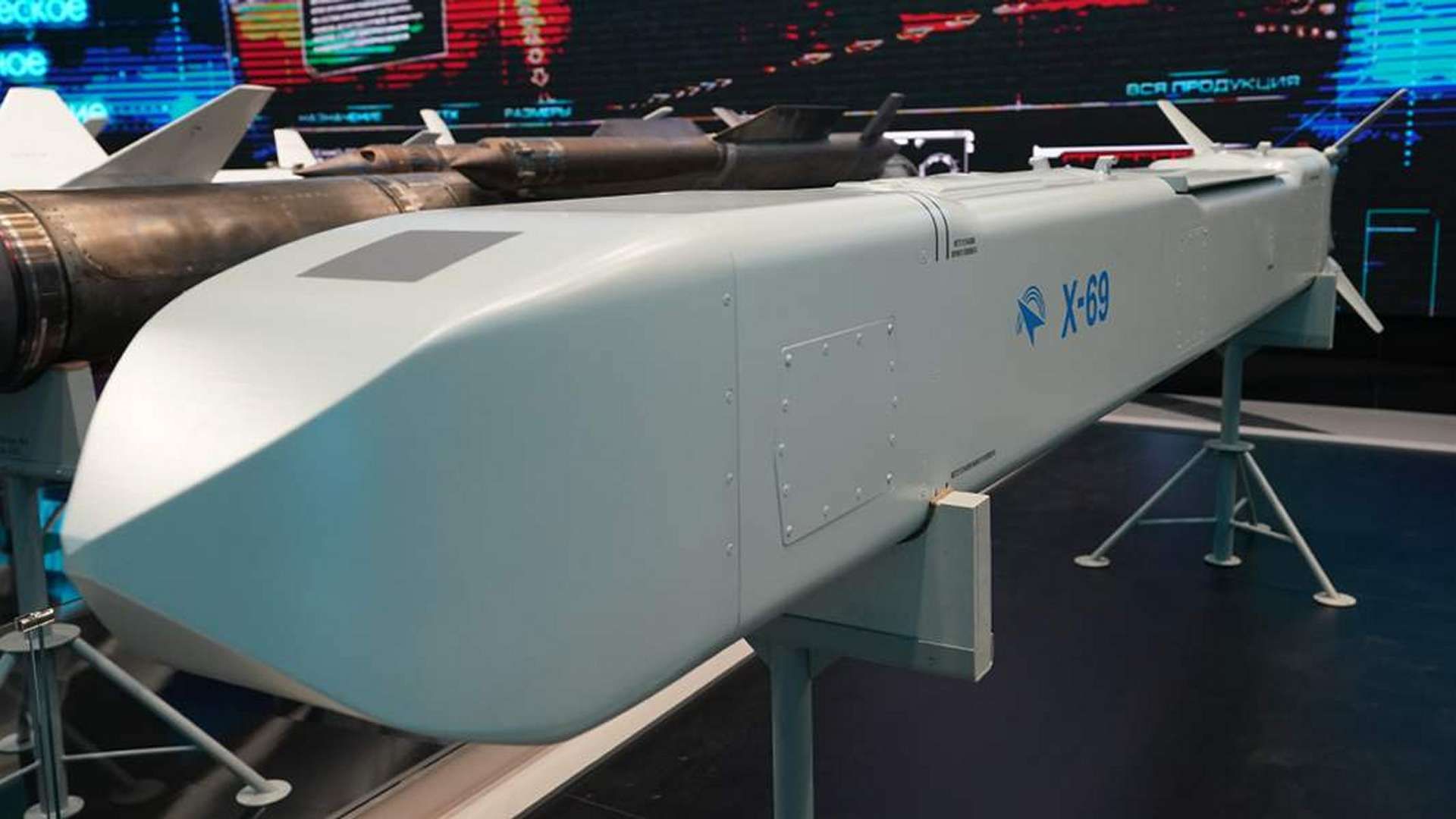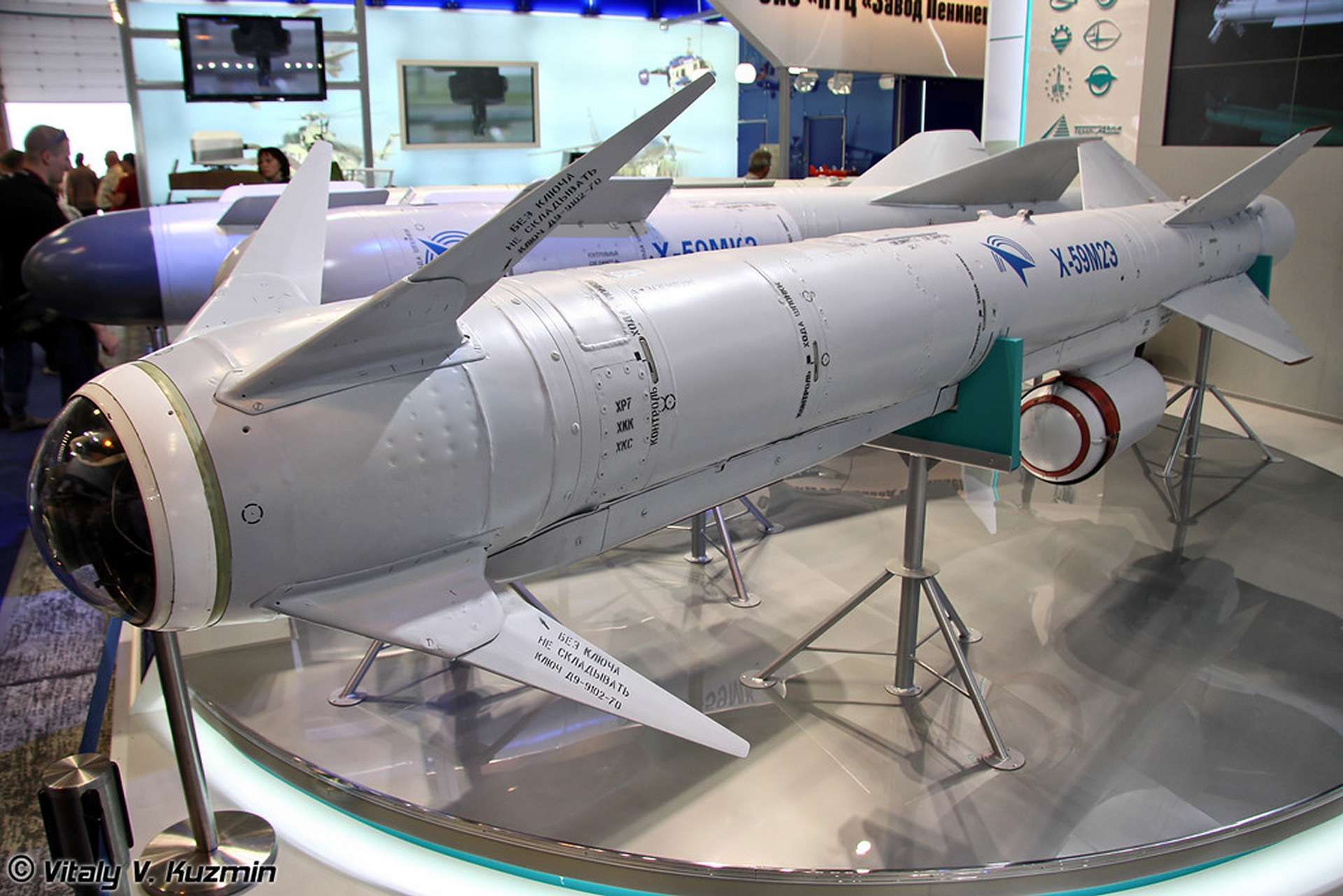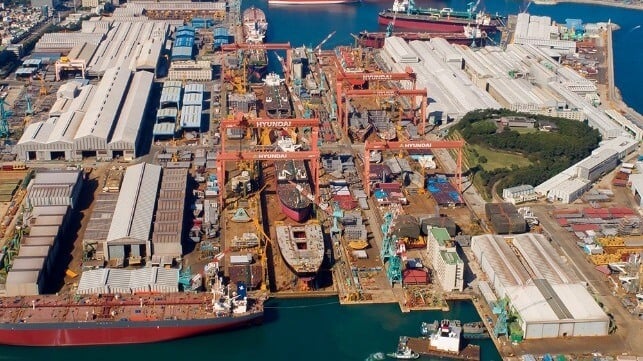- The report details two key operations in January 2024, underscoring ongoing efforts to curb the smuggling of advanced weaponry to the Yemeni insurgent group.
- Artist rendering of Houthis weapons seized by the US. (Picture source: Generated by AI)

According to information published by the US DoD on July 10, 2024, the Defense Intelligence Agency (DIA) highlighted significant interdictions of Iranian weapons intended for the Houthis in Yemen in a recent report.
- On January 11, 2024, the U.S. Navy conducted a nighttime raid on an Iranian dhow near the coast of Somalia, seizing components for ballistic and cruise missiles.
- Later in the month, on January 28, a forward-deployed U.S. Coast Guard vessel intercepted another Iranian dhow in the Arabian Sea, uncovering parts for ballistic and antitank guided missiles.
- This includes features of Iranian anti-ship cruise missiles and the Qiam/Burkan ballistic missile, which has been used by the Houthis in various attacks across the region.
- The interdicted missiles share distinctive characteristics with those used in attacks against Saudi Arabia, the UAE, and other targets.
The continuous flow of these sophisticated weapons has enabled the Houthis to launch over 100 attacks on land-based targets and dozens more targeting maritime vessels in the Red Sea and Gulf of Aden.
Russia develops a new Izdelie 720 cruise missile to defeat American Patriot air defense systems.
11 Jul, 2024 - 10:35
Defense News Army 2024
On July 10, 2024, JSC GosMKB Raduga, a Russian design bureau specializing in cruise missiles, announced the forthcoming introduction of its latest cruise missile, the Izdelie 720.
Known for its various missiles used by the Russian Army in Ukraine, such as the Kh-69, Kh-59, Kh-58, and Kh-50, Raduga's new missile is expected to share similarities with these earlier models and reduce interception rates by systems such as the Patriot missiles supplied to Ukraine.

According to Bogatikov, the Izdelie 720 missile will incorporate modern design achievements, combining proven technical solutions from previous long-range cruise missiles such as the Kh-69, Kh-59, Kh-58, and Kh-50, with new developments based on combat experiences from the Russian invasion of Ukraine. (Picture source: Russian MoD)
In an interview with Russian media, Sergey Bogatikov, the general director of Raduga, discussed the company's increased production capabilities since the Russian invasion of Ukraine. He highlighted that the foundational design principles established by Alexander Yakovlevich Bereznyak facilitate the effective development and modernization of missile systems. Raduga's portfolio includes a range of cruise and anti-radiation missiles. The Kh-69 is a long-range cruise missile noted for its precision and low radar visibility. The Kh-59 family, initially designed as anti-ship missiles, has been adapted for ground targets. The Kh-58 family targets radar systems and other electronic installations, demonstrating combat effectiveness.
A previous project from Raduga, the Kh-50, or Izdelie 715, is a medium-range air-launched cruise missile comparable to the AGM-158 JASSM missile. This missile has been in development since the early 1990s, undergoing several testing stages and contracts for integration with the Tu-22M3M aircraft. The Kh-50 features a combined inertial navigation system with GPS/GLONASS corrections and an advanced guidance system for the final trajectory phase. It is powered by a small turbojet engine and can carry both high-explosive and cluster warheads.
According to Bogatikov, the Izdelie 720 missile will incorporate modern design achievements, combining proven technical solutions from previous long-range cruise missiles with new developments based on combat experiences from the Russian invasion of Ukraine. While the specific technical and tactical characteristics of this missile remain classified, Bogatikov mentioned new approaches to missile design, including the use of new calculation systems and combat feedback aimed at reducing interception rates by systems such as the Patriot missiles supplied to Ukraine. He also noted the use of new-generation materials like metal composites to improve the mass-to-strength ratio and the implementation of additive technologies for structural weight optimization. The Kh-69 is a Russian air-launched, subsonic cruise missile designed to engage stationary high-value targets with precision, featuring stealth technology and a range of up to 400 kilometers. (Picture source: Russian social media)
The Kh-69 is a Russian air-launched, subsonic cruise missile designed to engage stationary high-value targets with precision, featuring stealth technology and a range of up to 400 kilometers. (Picture source: Russian social media)
The Izdelie 720 is expected to share design principles and components with its predecessors, the Kh-69, Kh-59, Kh-58, and Kh-50 missiles. Russia has extensively employed Kh-69, Kh-59, and Kh-58 missiles in its operations in Ukraine. The Kh-69 cruise missile has been used for precision strikes on various strategic targets. The Kh-59 missile, particularly its variants like the Kh-59MK2, which feature advanced guidance systems, has targeted military installations and infrastructure. The Kh-58, designed to destroy radar and air defense systems, has been deployed to impair Ukraine's defensive capabilities. Ukrainian forces have reported intercepting several of these missiles using their air defense systems, although the overall impact on infrastructure and military assets has been significant. Therefore, we can assume that the future Izdelie 720 cruise missile will be optimized to enable the Russians to achieve more of their objectives in Ukraine, leveraging combat experience as well as Russian advancements in guidance and targeting systems.
Another common point between Raduga's Kh-69, Kh-59, Kh-58, and Kh-50 missiles is the use of modern guidance and navigation systems. For example, the Kh-59 uses a combination of inertial navigation and satellite-based GPS/GLONASS systems, a feature likely shared with the Kh-69 and Kh-50. The Kh-58, primarily an anti-radiation missile, incorporates advanced seekers for targeting electronic emissions, improving precision in striking radar systems.
The missiles are also designed with modular capabilities, allowing for various warhead types and mission profiles. The Kh-59 has multiple variants, including the Kh-59MK2 designed for land-attack missions with a correlation-optical seeker. The Kh-58 has different modifications for engaging radar systems, and the Kh-50 can carry different types of warheads, such as high-explosive and cluster munitions. Finally, these missiles are also compatible with a range of Russian aircraft, including the Su-24M, Su-30, and Tu-22M3 bombers. This flexibility allows for deployment across different platforms, enhancing their operational utility.

The Kh-59 variants, such as the Kh-59M and Kh-59MK2, have ranges of up to 285 kilometers and are utilized extensively by the Russian Air Forces in the ongoing war in Ukraine. (Picture source: Vitaly Kuzmin)
Known for its various missiles used by the Russian Army in Ukraine, such as the Kh-69, Kh-59, Kh-58, and Kh-50, Raduga's new missile is expected to share similarities with these earlier models and reduce interception rates by systems such as the Patriot missiles supplied to Ukraine.

According to Bogatikov, the Izdelie 720 missile will incorporate modern design achievements, combining proven technical solutions from previous long-range cruise missiles such as the Kh-69, Kh-59, Kh-58, and Kh-50, with new developments based on combat experiences from the Russian invasion of Ukraine. (Picture source: Russian MoD)
A previous project from Raduga, the Kh-50, or Izdelie 715, is a medium-range air-launched cruise missile comparable to the AGM-158 JASSM missile. This missile has been in development since the early 1990s, undergoing several testing stages and contracts for integration with the Tu-22M3M aircraft. The Kh-50 features a combined inertial navigation system with GPS/GLONASS corrections and an advanced guidance system for the final trajectory phase. It is powered by a small turbojet engine and can carry both high-explosive and cluster warheads.
According to Bogatikov, the Izdelie 720 missile will incorporate modern design achievements, combining proven technical solutions from previous long-range cruise missiles with new developments based on combat experiences from the Russian invasion of Ukraine. While the specific technical and tactical characteristics of this missile remain classified, Bogatikov mentioned new approaches to missile design, including the use of new calculation systems and combat feedback aimed at reducing interception rates by systems such as the Patriot missiles supplied to Ukraine. He also noted the use of new-generation materials like metal composites to improve the mass-to-strength ratio and the implementation of additive technologies for structural weight optimization.
The Kh-59 variants, such as the Kh-59M and Kh-59MK2, have ranges of up to 285 kilometers and are utilized extensively by the Russian Air Forces in the ongoing war in Ukraine. (Picture source: Vitaly Kuzmin)
War in Ukraine
ORBAN MEETS WITH TRUMP TODAY. ZELENSKY WANTS A NEW SUMMIT WITH RUSSIA’S PARTICIPATION BEFORE TRUMP’S VICTORY – BLOOMBERG
Viktor Orban meets in Florida with Donald Trump. The theme is Ukraine. According to Bloomberg, Zelensky…
UKRAINIAN F-16AM AGAINST THE RUSSIAN SU-30SM, SU-35 AND MIG-31: DOES IT FOLLOW THE ARMOR WITH MISSILES IN THE SKIES OF EASTERN EUROPE?!
NATO Sipmatizers followed by ecstasy, a delight, and now visions of how missiles would be recounted…
“UKRAINS IS IMPOSSIBLE TO RETURN LOST TERRITORIES, NOW FIGHTS FOR ITS WESTERN FUTURE”
Currently, the situation in Ukraine is such that it is almost impossible to restore the lost territories. That's what he writes about…
FRANCE’S PLAN WAS TO SEND 2,000 TROOPS TO UKRAINE
Emmanuel Macron’s statements about his intention to send a French military contingent to Ukraine, contrary to the opinion of some…
POLITICO: “MESTO MEMBERSHIP IN NATO, UKRAINE HAS RECEIVED ITS SIMPLIFIED VERSION”
Although Ukraine during the current Washington summit will not receive a call to join NATO, Kiev creates…
THE SECRETARY OF STATE STATES ARGUES THAT THE FIRST F-16 IS FLYING OVER UKRAINE
The American F-16 fighters, long awaited by Kiev, are already moving to Ukraine. Secretary of State Anthony Blinken…





